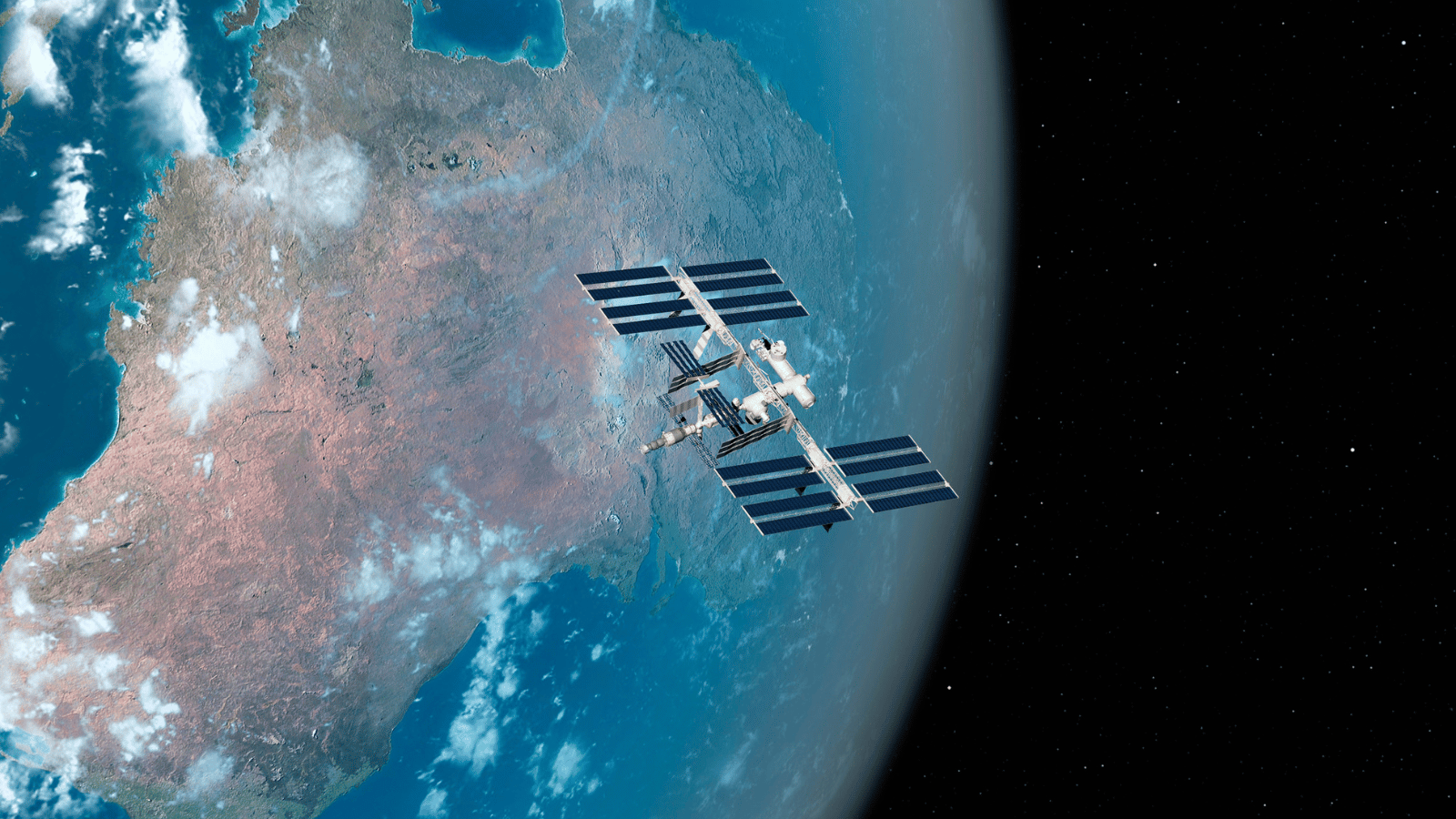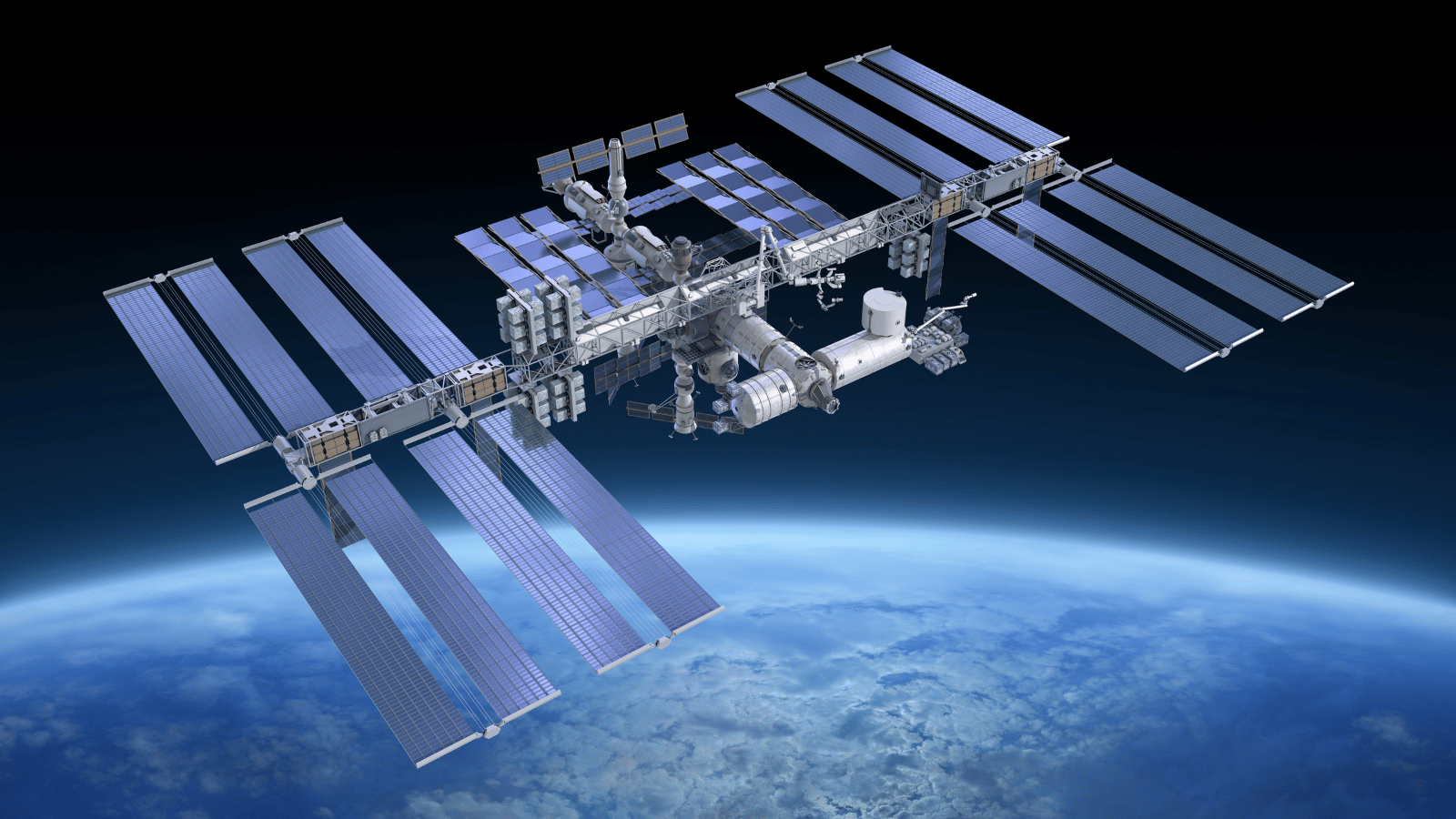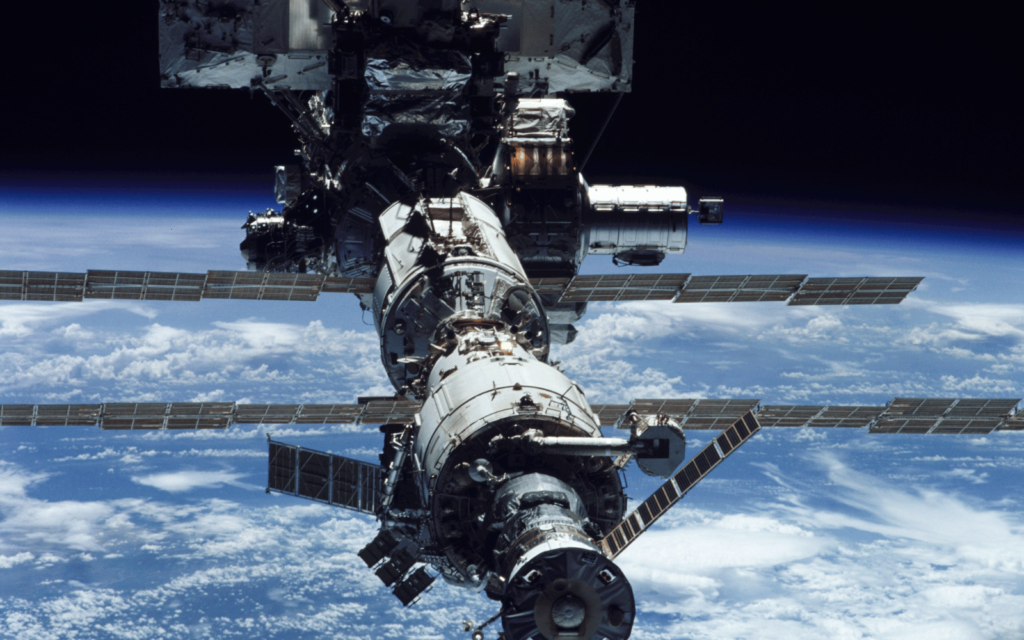You’ve likely come across information about the International Space Station or ISS. That’s because it plays a pivotal role in the advancement of space exploration and science.
It has been continuously inhabited by humans for over twenty years and serves as a hub for scientific research and a symbol of international cooperation. But how does this giant laboratory in the sky get its supplies? Enter the recent resupply mission, which replenished the station with crucial resources for its inhabitants and experiments.
What is the ISS?
 First, let’s start with the basics. The International Space Station is a joint project between five space agencies: NASA, Roscosmos (Russia), JAXA (Japan), ESA (Europe), and CSA (Canada). It is located in low Earth orbit, approximately 400 km above our planet’s surface. Astronauts live and work aboard the orbital platform for six-month periods, conducting research on a wide range of topics, including biology, physics, and Earth observation.
First, let’s start with the basics. The International Space Station is a joint project between five space agencies: NASA, Roscosmos (Russia), JAXA (Japan), ESA (Europe), and CSA (Canada). It is located in low Earth orbit, approximately 400 km above our planet’s surface. Astronauts live and work aboard the orbital platform for six-month periods, conducting research on a wide range of topics, including biology, physics, and Earth observation.
The ISS is a unique platform for conducting research and experiments in microgravity, which is a condition where objects appear to float due to a lack of gravity. The microgravity environment aboard the station allows scientists to study the effects of long-duration spaceflight on the human body and to develop new technologies for use in space exploration. The ISS has also been used for a wide range of scientific research in fields such as biology, physics, and astronomy.
Getting the goods
As you’d expect, living and working in space requires a lot of resources. This is where resupply missions come in. Essentially, it’s like Uber Eats for the ISS, bringing everything from food and water to scientific experiments and replacement parts for the station’s equipment.
Roscosmos, the Russian space agency, has been responsible for delivering cargo and crew to the ISS since the retirement of NASA’s Space Shuttle program in 2011. SpaceX also conducts deliveries to the station, occasionally sending both crew and supplies. These resupply missions are crucial for keeping the ISS running, as they provide the crew with food, water, air, scientific equipment, and other necessities.
So, what did Roscosmos deliver last month? According to the agency, the Progress MS-22 spacecraft carried about 2.5 tons of cargo, including food, water, fuel, and scientific equipment.
“This particular resupply vehicle includes, according to Roscosmos, 709 kg of propellant located in special tanks for refuelling, 420 kg of water, 40 kg of pressurised nitrogen, and more than 1,300 kg of materials for the Expedition 68 crew currently aboard the ISS. That includes personal materials like clothes, food, and more; this is located inside the pressurized section of the vehicle,” NasaSpaceFlight reports. This is the 83rd such cargo delivery.
 But why is it necessary to resupply the station so frequently? Well, the International Space Station is essentially a giant spaceship that orbits the Earth at a speed of about 28,000 kilometers per hour. This means that it’s constantly exposed to the harsh conditions of space, including radiation, micrometeoroids, and extreme temperature variations. All of these factors contribute to the wear and tear of equipment and systems, which means that they must be replaced and repaired on a regular basis.
But why is it necessary to resupply the station so frequently? Well, the International Space Station is essentially a giant spaceship that orbits the Earth at a speed of about 28,000 kilometers per hour. This means that it’s constantly exposed to the harsh conditions of space, including radiation, micrometeoroids, and extreme temperature variations. All of these factors contribute to the wear and tear of equipment and systems, which means that they must be replaced and repaired on a regular basis.
In addition to wear and tear, there are also unexpected events that can require resupply missions. For example, in 2022, a leak was discovered that was causing a gradual loss of air pressure. The leak was eventually traced to a small crack in the Zvezda module, which was repaired by the crew. However, the leak highlighted the importance of having a steady supply of spare parts and equipment board in case of emergencies.
In the name of science
Another reason why resupply missions are important is that they allow for the continuation of scientific research. Many of the experiments conducted by astronauts require specific equipment, materials, and supplies that are not available on the station. Without regular resupply missions, the station would be unable to support the diverse range of research projects that take place on board.
As we continue to explore space and push the boundaries of human knowledge, the ISS will remain a vital platform for scientific research and international cooperation. Let’s hope Roscosmos’ resupply missions continue to be reliable and efficient considering the political landscape down here on Earth. Luckily, NASA’a relationship with Musk’s SpaceX will fill any resupply needs if Roscosmos’ mission is affected by geopolitical issues.




